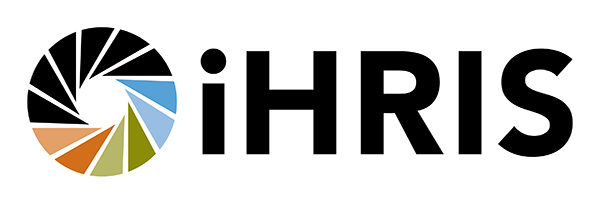OpenHIE- Bridging information systems and mobile applications with common standards
What is OpenHIE (Health Information Exchange)? And what does it mean to the iHRIS community?
OpenHIE is a framework that allows for sharing information across different health information systems. For iHRIS users, it’s an opportunity to contribute to and access a much bigger picture of their nation’s eHealth landscape. One of the major components of OpenHIE is a national health workforce registry. A Health Worker Registry (HWR) serves as the central authority for maintaining the unique identities of health workers within a country. The registry not only provides a big-picture view of the country’s health workforce, but also enables numerous uses cases for analysis, validation, and interoperability within the larger health information system, eHealth architecture, or health information exchange. It harmonizes data gathered from various sources that categorize and store information differently from one another, resulting in higher-quality data. This improved data quality supports more refined analysis of the health system for quality measurement, reporting, and research, with the aim of improving health outcomes.
OpenHIE and the HWR represent a natural progression along the continuum that iHRIS has followed since its inception. Ten years ago, iHRIS began helping countries move from paper to electronic record keeping. Now that the data are captured electronically, the iHRIS community has been focusing on learning how to use that data most effectively. Part of that process entailed classifying and categorizing the data, essentially creating electronic lists to help analyze the information.
“We’ve created a set of technical tools for iHRIS users,” said Carl Leitner. “Now we need to build a culture of using those tools. Typically we’ve been working within one organization. But now the question is, ‘How do we work across multiple organizations?’”
Complex questions about governance and policies arise when you work across organizations, as well as fears about ownership of data. “How can we best mitigate some of the issues and fears that people have about sharing data?” said Leitner. “How do we open up people’s perception so that they see it’s beneficial to share this data? What solutions have people found to overcome some of these innate fears that people have?”
Nigeria provides a good precedent for how a nation can go about this. Nigeria spent two years developing a minimum data set of health worker information, agreed upon by the federal Ministry of Health, as well as by the other national stakeholders and states. “Everybody got together and developed this minimum data set. One we had that, all we had to do was adapt the health worker registry to make sure that those minimum data set fields were captured.” According to Leitner, the technical aspects of it are relatively small. The trick is getting the consensus; for example, getting everyone to agree on the definition of the term “facility.”
“OpenHIE is the meeting point for different health information system components to agree on standards so that all those systems can talk together.” It can substantially reduce the complexity of data exchange. By taking part in it, iHRIS stands to further realize its mission of national ownership of information. A great place of iHRIS community members to take part is by joining the OpenHIE HWR Community.
“I think we’ve gotten to the point where all of this work we’ve done — getting health worker data from paper into electronic form, cleaning it up, thinking about what the data standardized lists are — we’re getting to a point where it’s going to start to have some really large impacts on the health system.”
As Nigeria continues its work with OpenHIE, other nations are coming online as well. Zimbabwe, Kenya, Botswana, and Rwanda are preparing deployments, and other nations will likely come on board soon.
The sky is the limit when it comes to the opportunities that are presented to countries when common standards connect information systems together.

